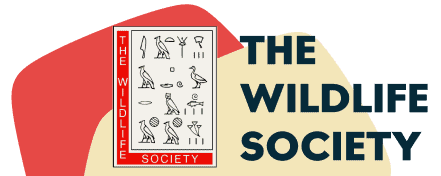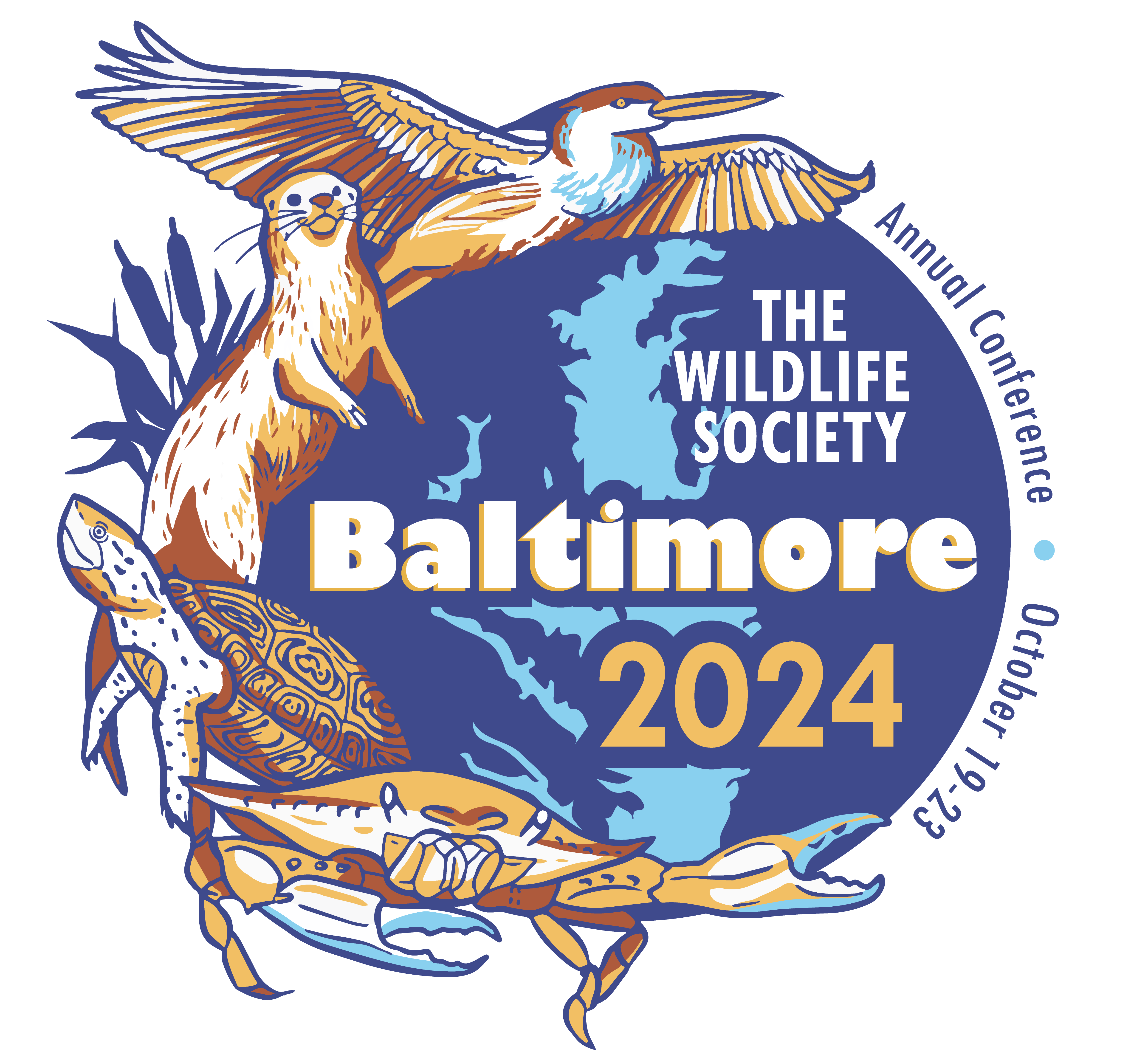- News
-
-
-
-
-
Latest News Articles
-
-
-
- Wildlife Professional Resources
-
- Our Network
-
- PUBLICATIONS
-
-
Recent Posts
-
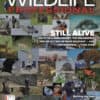 The Wildlife Professional November/December Issue
November 1, 2023
The Wildlife Professional November/December Issue
November 1, 2023
-
-
-
-
-
-
- Wildlife Events
-
-
-
Upcoming Webinars
- No Events
-
-
-
- Who We Are
-
Tag: invertebrates
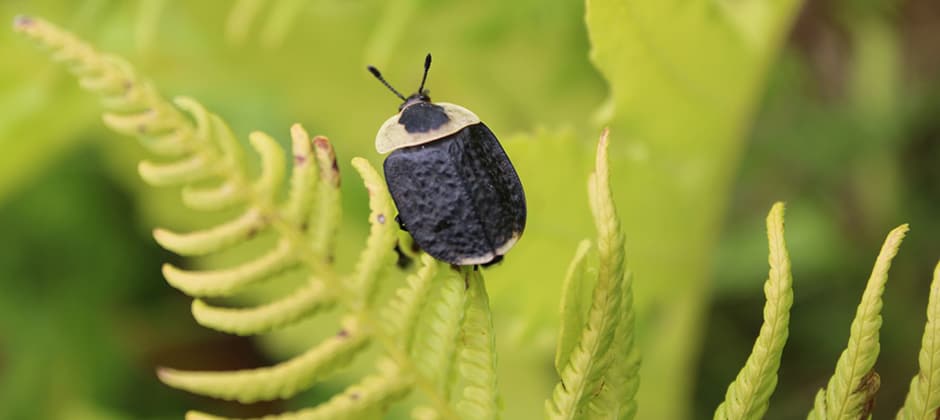
November 24, 2021
TWS2021: Carrion beetles carry on clues to the wildlife they eat
To survey cryptic species, it’s sometimes easier to detect their DNA than it is to find the animals themselves. Sometimes, researchers find DNA lingering in the water, on the ground...
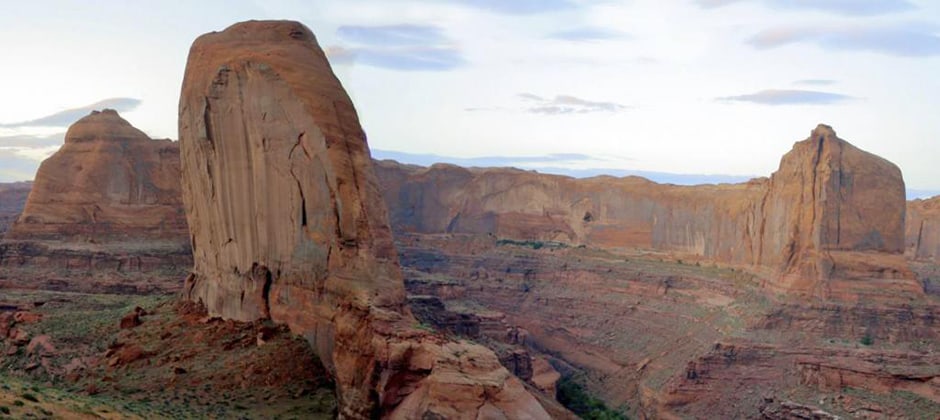
September 30, 2019
Wild areas halve extinction risk for plants, invertebrates
Plants and invertebrates are twice as likely to survive on undeveloped lands, according to a recent study in Nature. Dividing the earth’s land surface into square-kilometer grids, researchers found that,...
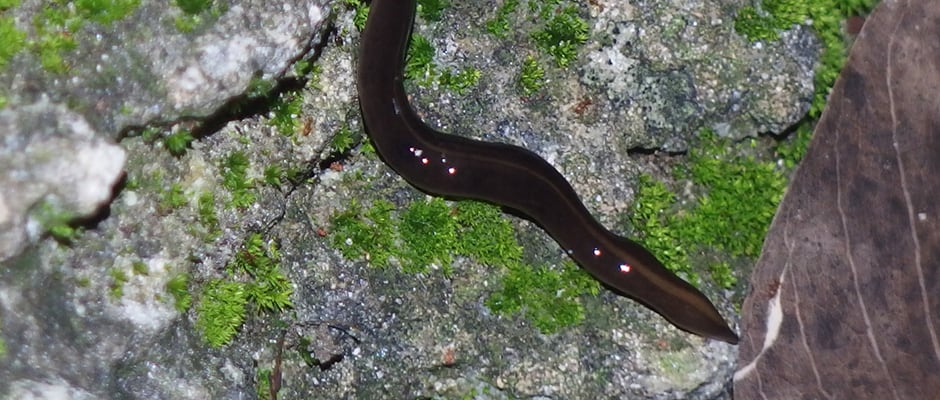
June 30, 2015
Snail-Eating Invasive Worm Discovered in Florida Gardens
A killer invasive worm with an indiscriminate appetite for snails and invertebrates has been discovered in Florida gardens — the first time the destructive species has turned up in the...
